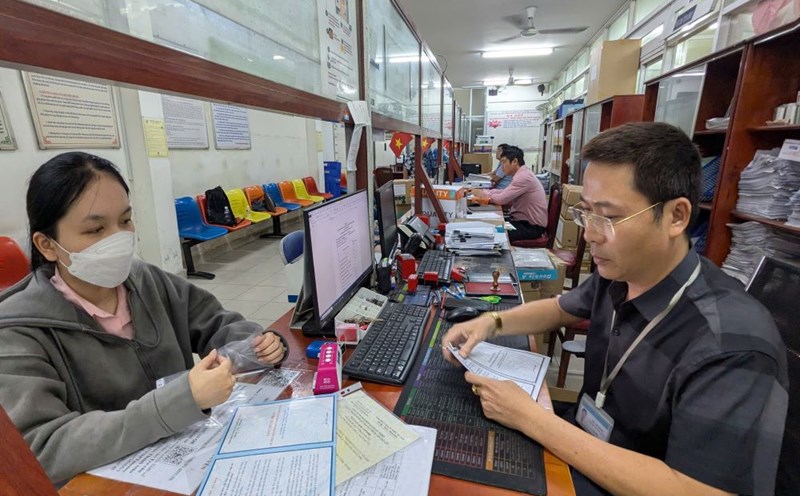Phone memory is the deciding factor of speed and experience when using. When memory is full, the device is often slow, lag or cannot install a new application. Therefore, regular memory optimization is necessary to maintain performance and prolong the life of the device.
Deleting unnecessary data
Check and delete unused files, images, videos, or apps. Multimedia files often take up a lot of space, so you should back up important data to a cloud service such as Google drive, icloud or computer, then delete it on your phone to free up memory.
Use memory cleansing feature
Many phones today have an integrated Cleaning or Memory Optimization feature. This feature helps you delete unnecessary junk files, caches, and temporary files, helping to quickly free up space without losing important data.
Reasonable application management
Remove or temporarily suspend less used apps. In addition, you can move some apps or data toSD card (if supported) to reduce internal storage loads.
Out automatic download and backup
Some applications such as Zalo, messenger or email automatically download photos and videos to fill in memory. You should check and turn off these features when not necessary.
Deleting periodic application buffer
The buffer memory helps to load data quickly, but if too large, it will take up memory. Go to the settings to delete the application buffer, making the device lighter.
Update software regularly
Updated operating systems and applications help fix errors, optimize memory and improve phone performance.











